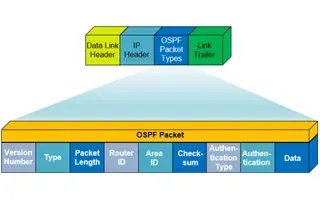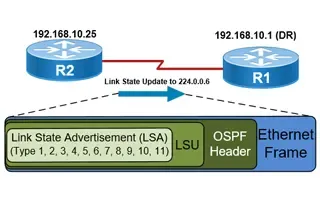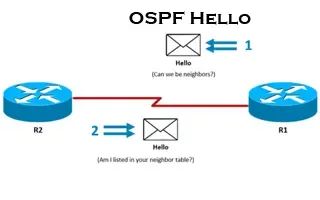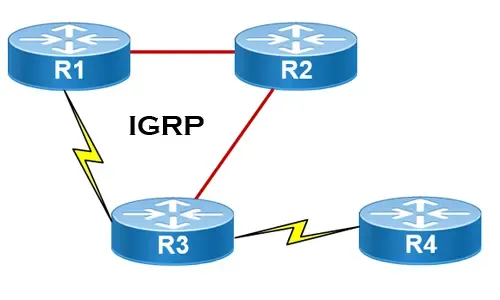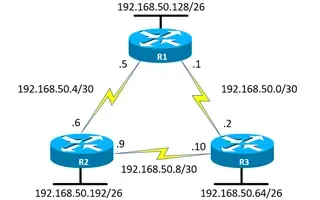Introduction to Routing Protocols
Distance Vector, Link State RIP, IGRP, EIGRP, OSPF
Routing protocols were created for routers. These protocols have been designed to allow the exchange of routing tables, or known networks, between routers. There are a lot of different routing protocols, each one designed for specific network sizes, so I am not going to be able to mention and analyse them all, but I will focus on the most popular.
The Two Main Types of Routing: Static Routing & Dynamic Routing
The router learns about remote networks from neighbor routers or from an administrator. The router then builds a routing table, the creation of which I will explain in detail, that describes how to find the remote networks. If the network is directly connected then the router already knows how to get to the network. If the networks are not attached, the router must learn how to get to the remote network with either static routing (administrator manualy enters the routes in the router's table) or dynamic routing (happens automaticlly using routing protocols).
The routers then update each other about all the networks they know. If a change occurs e.g a router goes down, the dynamic routing protocols automatically inform all routers about the change. If static routing is used, then the administrator has to update all changes into all routers and therefore no routing protocol is used.
Only Dynamic routing uses routing protocols, which enable routers to:
- Dynamically discover and maintain routes
- Calculate routes
- Distribute routing updates to other routers
- Reach agreement with other routers about the network topology
Statically programmed routers are unable to discover routes, or send routing information to other routers. They send data over routes defined by the network Administrator.
A Stub network is so called because it is a dead end in the network. There is only one route in and one route out and, because of this, they can be reached using static routing, thus saving valuable bandwidth.
Dynamic Routing Protocols
There are 3 types of Dynamic routing protocols, these differ mainly in the way that they discover and make calculations about routes:
- Distance Vector routing protocols. Distance Vector routers compute the best path from information passed to them from neighbors
- Link State routing protocols. Link State routers each have a copy of the entire network map and compute best routes from this local map
- Hybrid routing protocols. A combination of Distance Vector & Link State protocols.
The table below shows the main characteristics of a few different types of dynamic routing protocols:

You can also clasify the routing protocols in terms of their location on a network. For example, routing protocols can exist in, or between, autonomous systems.
Exterior Gateway Protocols (EGP's) are found between autonomous systems, whereas Interior Gateway Protocols (IGP's) are found within autonomous systems:
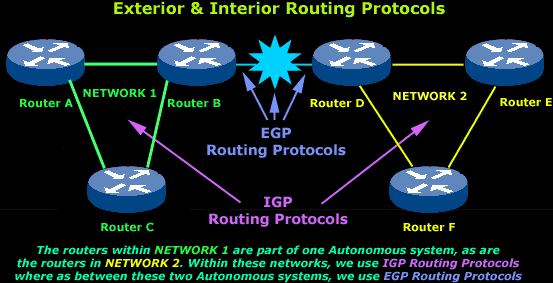
Example of an EGP is the Border Gateway Protocol (BGP) which is also used amongst the Internet routers, whereas examples of IGP protocols are RIP, IGRP, EIGRP.
Wi-Fi Key Generator
Follow Firewall.cx
Cisco Password Crack
Decrypt Cisco Type-7 Passwords on the fly!















